Pseudo-Particles for Error-Free Quantum Computing meet the team and their write up who made it happen through
S. M. Albrecht,
A. P. Higginbotham,
M. Madsen,
F. Kuemmeth,
T. S. Jespersen.
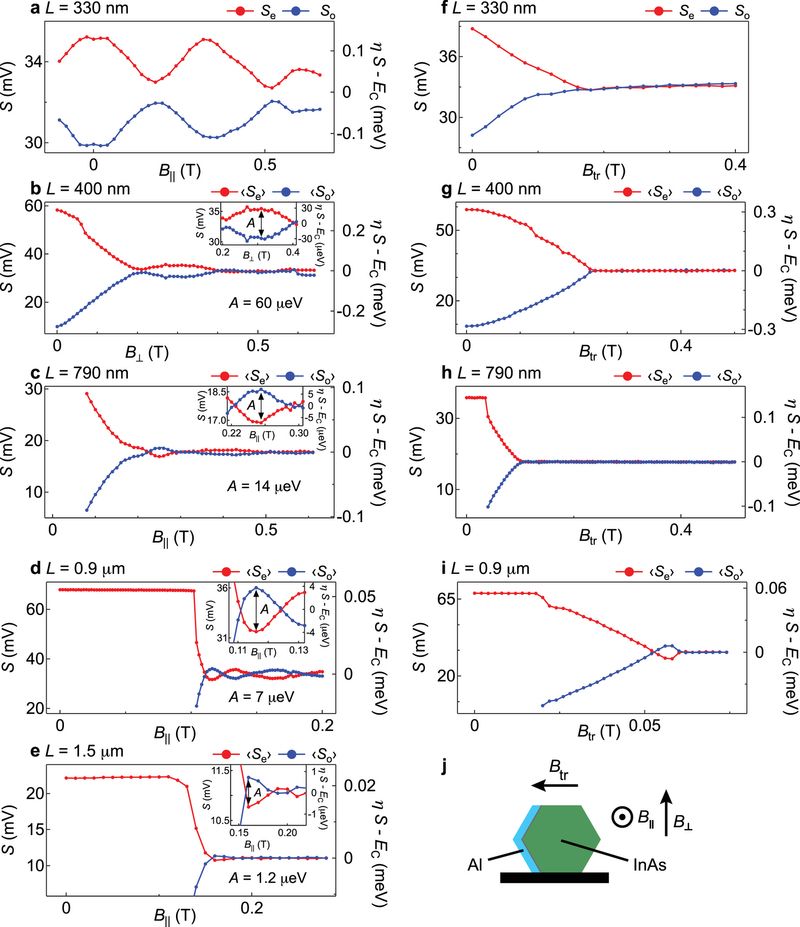
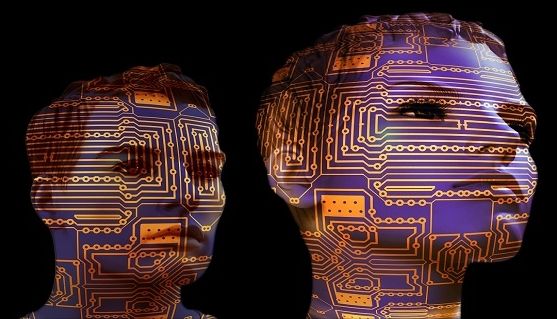
The science fiction world is full of Artificial Intelligence (AI), but AI reality is still far away. According to an article featured in Technology Review, technology is still suffering and nowhere near the expectations of AI.
Senior editor for AI at MIT Technology Review, Will Knight wrote, “For all the remarkable progress being made in artificial intelligence, and warnings about the upheaval this might bring, the smartest computer would still struggle to make it through the eighth grade.”
Knight relates how programmers competed in an Allen Institute for Artificial Intelligence (AI2) contest. The programmers were challenged to write computer programs that could take a science test that was eighth-grade level. During the annual Association for the Advancement of Artificial Intelligence (AAAI) meeting, the winner was announced.

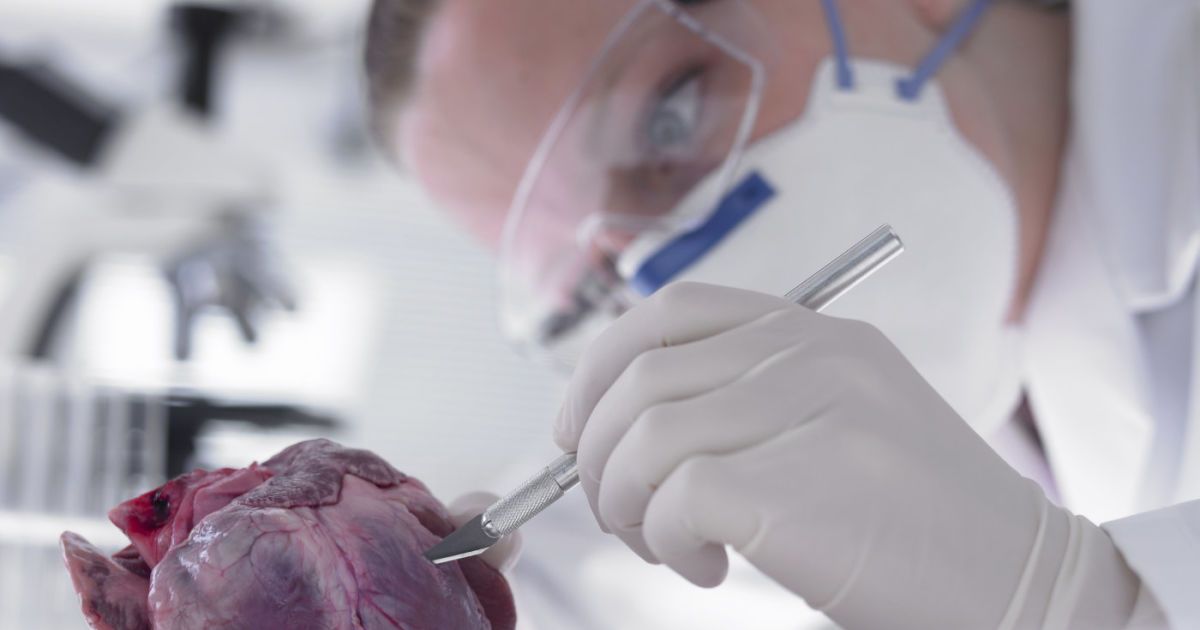
One of the latest inventions out of Tel Aviv University can patch up broken hearts. We’re talking about the real organs here, especially those damaged by myocardial infarction or heart attack. A team from the Israeli university created a “cyborg heart patch” that combines both living tissue and electronic components to replace the damaged parts of the organ. “It’s very science fiction, but it’s already here,” says one of its creators, Prof. Tal Dvir. “[W]e expect it to move cardiac research forward in a big way.” The patch can contract and expand like real heart tissue can, but it can do much, much more than that.
The electronic components allow doctors to remotely monitor their patients’ condition from afar. A physician could log into a computer and see if the implant is working as intended. If he senses that something’s amiss, he could release drugs to, say, regulate inflammation or fix the lack of oxygen. That sounds dangerous to us, since computers can be hacked. But the researchers are aiming to develop the patch further so it can regulate itself with no human intervention.
Dvir warns that the “practical realization of the technology may take some time.” For now, those suffering from cardiovascular diseases will have to rely on current treatment methods. The team is still in the midst of refining their cyborg heart patch. Plus, they’re looking at how to create bionic brain and spinal cord tissues using what they’ve learned so far to treat neurological conditions.
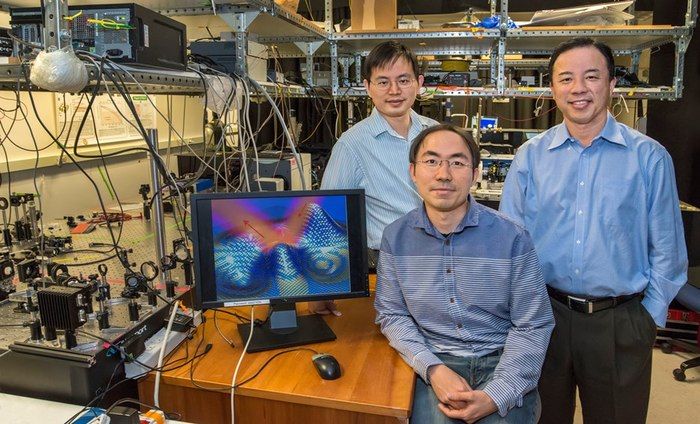
Next to Quantum and Biocomputing, this is one of my favorites. Cloak material to avoid radar. Unfortunatley, we cannot have access to the material for our autos; but it would be nice to have on my car sometimes when I am running late and having to drive quickly somewhere.
Two separate teams of engineers, both conducting research into meta-materials (composites not found in nature) with the intent of developing a flexible, stretchable and tunable meta-skin, are sharing their discoveries with the world. Although the two developments revolve around the same premise—manipulating electromagnetic waves so that the surface that banquets an object becomes invisible—a few exciting differences between the teams’ approaches sets their research apart.
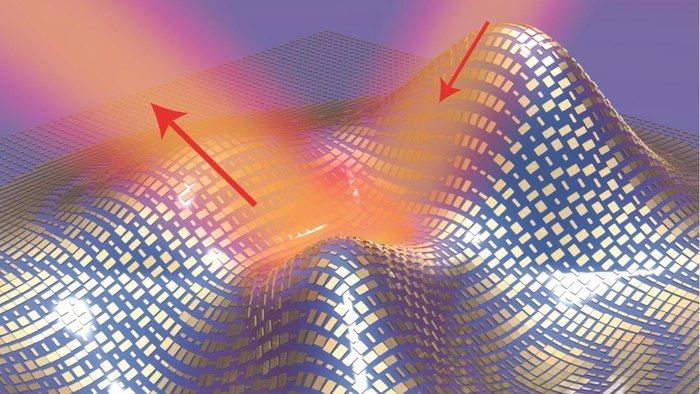
Engineers at Iowa State University are developing meta-skins which suppresses radar detection, meaning that this version can be seen by the naked eye, but not by cameras. The implications of such a device are many, particularly for covert operations and security, hiding sensitive layouts of electronic components and advancing the development of optical computers.
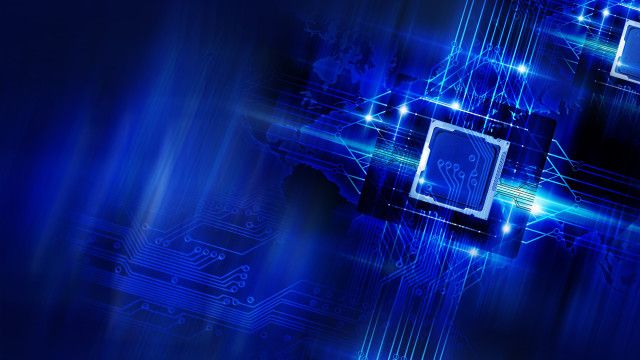
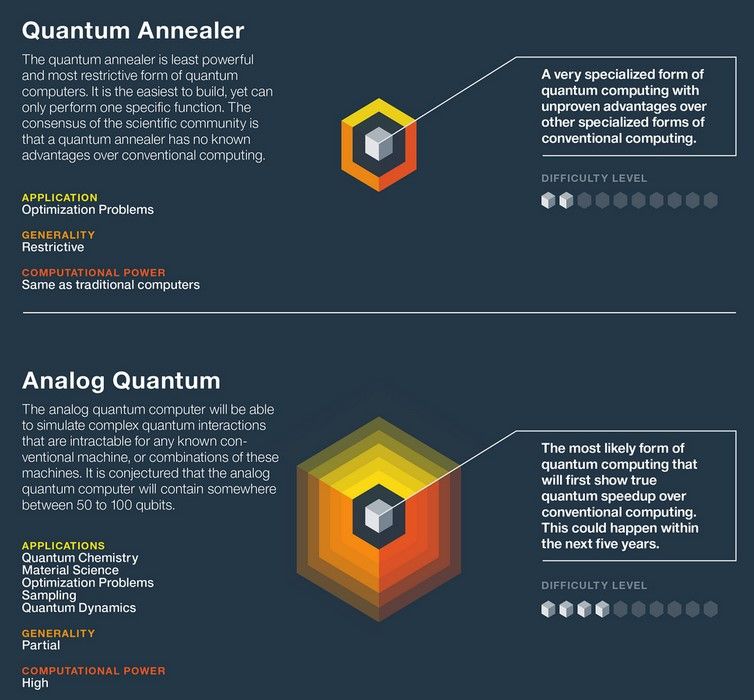
Interesting position that IBM is taking with Quantum Computing. The one challenge that was highlighted in this article around unstable particles actually has been in the process of being resolved by Charles Marcus and colleagues at the University of Copenhagen’s Niels Bohr Institute; Univ. of Copenhagan’s report came out a few weeks ago and it may be a good thing for IBM to connect with the University so they can see how this was resolved.
Also, I don’t believe that we have 3 uniquely different platforms of Quantum as this article highlights. Trying to state that a D-Wave Quantum Computer is not a full Quantum platform or less of a Quantum Platform to is not a fair statement; and I encourage others to pull back from that perspective at this point until Quantum Computing is more evolved and standards around the platform is well defined and approved by industry. Also, the Gartner graph in this article is not one that I embraced given the work on Quantum is showing us the we’re less than 10 yrs away for it in the mainstream instead of Gartners graph showing us Quantum will require more than 10 years to hit the mainstream. And, I saw some of missed marks on Bio-sensors and BMI technology taking more than 10 years on the Gartner graph which is also incorrect since we hearing this week announcements of the new bio-chips which enables bio-sensors and BMIs are making some major steps forward with various devices and implants.
The 3 Types Of Quantum Computers And Their Applications by Jeff Desjardins, Visual Capitalist
It’s an exciting time in computing.
Just days ago, Google’s AlphaGo AI took an insurmountable lead in the 3,000 year-old game of Go against the reigning world champion, Lee Sedol. In a five-game series, the score is now 3–1 for the machine with one game left on March 15, 2016 in Seoul, South Korea.
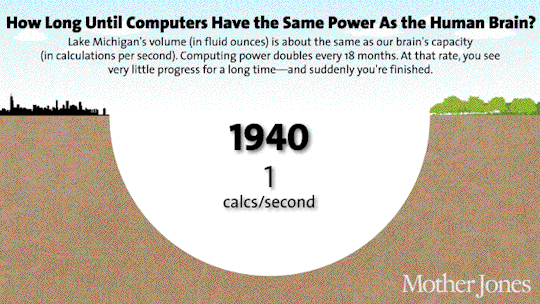

Microsoft founder optimistic about embryonic technology.
Researchers could be using cloud-based quantum computing power to solve big scientific conundrums within the next decade, Microsoft founder Bill Gates has predicted.
The Microsoft founder turned philanthropist was hopeful about the future of the embryonic technology during an Ask Me Anything interview on Reddit.
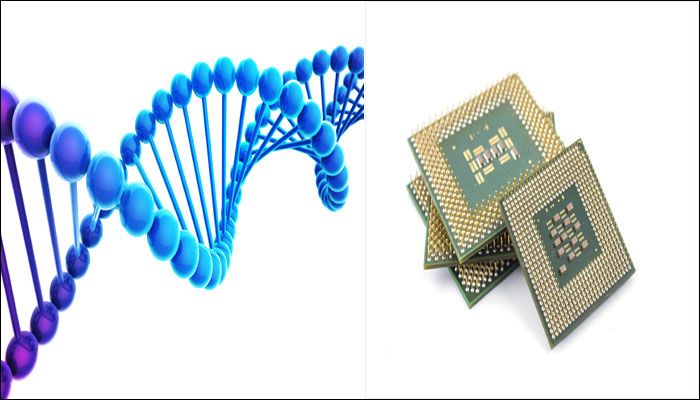
Interesting — DNA Microchips to be released soon.
Researchers presented this incredible work at the national meeting and exposition of the American Chemical Society (ACS) in San Diego, California, on Sunday.
Adam T Woolley, professor of chemistry at Brigham Young University (BYU) said that they are planning to use DNA’s small size and base-pairing capabilities and ability to self-assemble, and direct it to make nanoscale structures that could be used for electronics.
“The problem, however, is that DNA does not conduct electricity very well. So we use the DNA as a scaffold and then assemble other materials on the DNA to form electronics,” Woolley added.